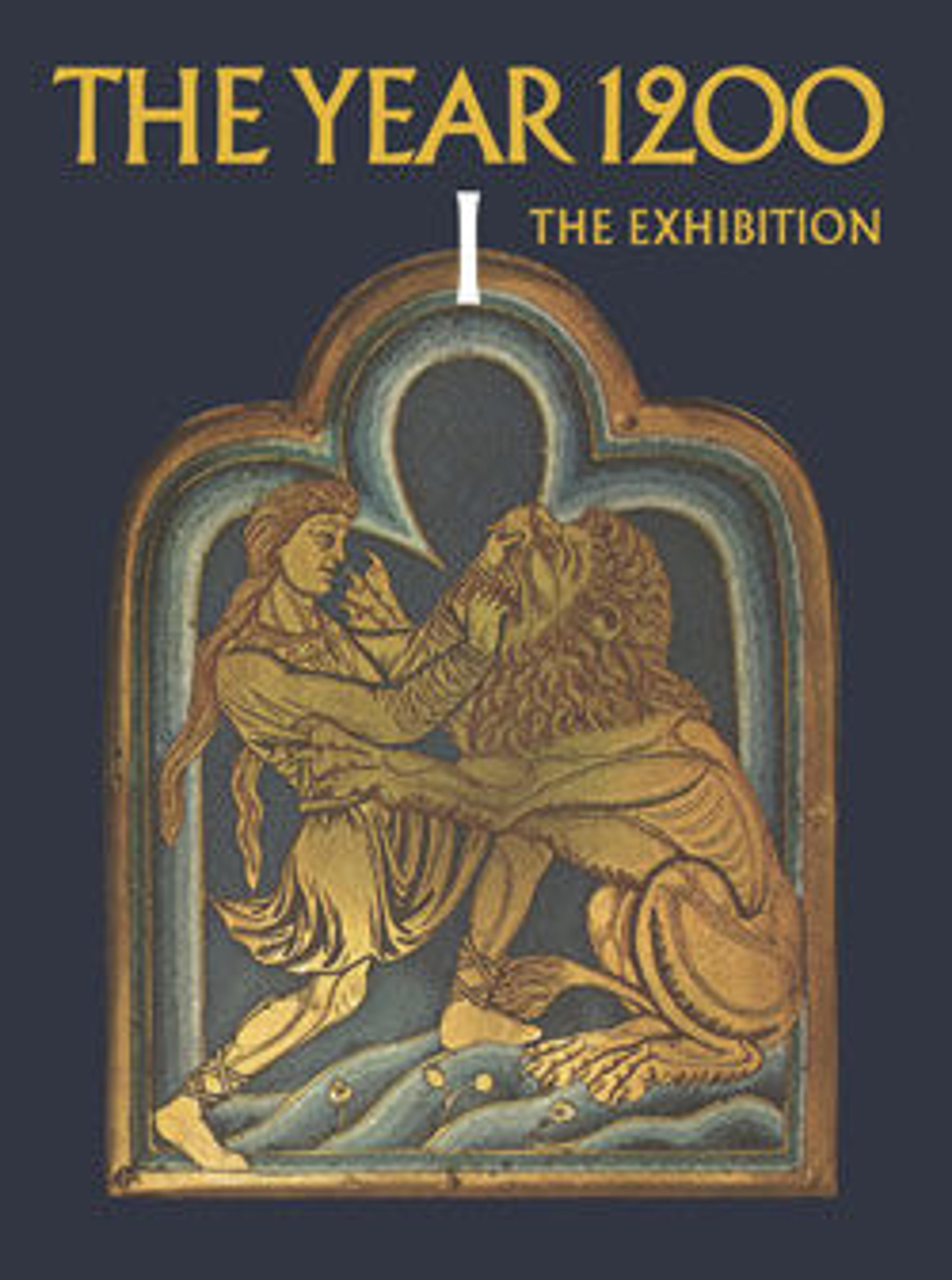
The Year 1200: A Centennial Exhibition at The Metropolitan Museum of Art
Thanks to the perseverance and unparalleled expertise of Dr. Florens Deuchler, Dr. Konrad Hoffmann, and their staff, The Year 1200 is one of the most important exhibitions ever to be assembled in the Western Hemisphere. Each of its more than three hundred objects has been chosen from hundreds to explain in the most lucid manner possible not only the period overall but, where applicable, the figure style. This is one of great dignity and corporeality, of nervous energy, of stunning classicality, exemplifying the continual search for the most harmonious way of showing man and his anthropomorphic creations in their full naturalistic stature. Around 1200, for practically the first time since ancient Greek and Roman times, draperies curl and caress the bodies underneath; limbs themselves are proudly and successfully shown as organic entities; strength becomes a thing of muscles rather than size alone; physiques are neither camouflaged nor ignored, but studied and presented to our eyes in an almost overpowering intensity. Faces become truly alive, eyes shine with an inner light, gestures seem to develop an entirely new expressive poetry of their own. Drama is supreme.
Neither Romanesque nor Gothic, nor indeed Transitional, this exciting style is an important artistic manifestation in its own right, a fact recognized up to now by a relatively small group of historians. We hope that this distinguished exhibition itself will become one of the foundation blocks for further study and appreciation of this most fascinating and excellent moment of man's creative history.